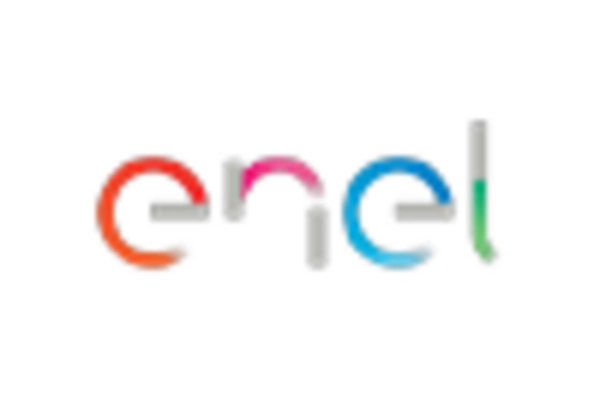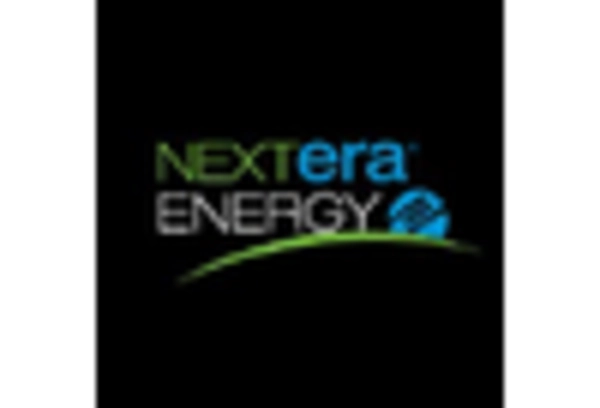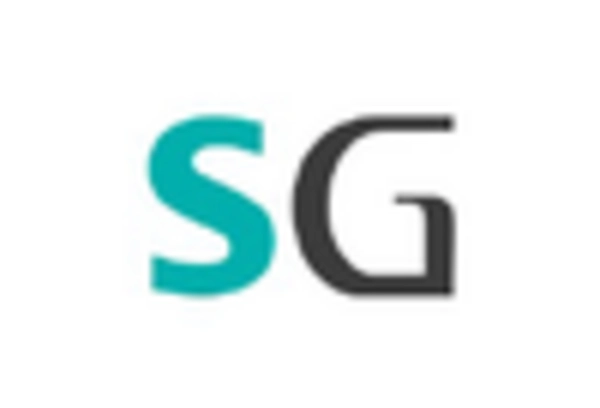Government Incentives and Policies
The Green Power Market is heavily influenced by government incentives and policies aimed at promoting renewable energy adoption. Various countries have implemented tax credits, subsidies, and feed-in tariffs to encourage investments in green technologies. For instance, the introduction of renewable portfolio standards mandates that utilities obtain a certain percentage of their energy from renewable sources. These policies not only stimulate market growth but also create a favorable environment for innovation and competition within the Green Power Market. Recent reports indicate that countries with robust policy frameworks have seen a marked increase in renewable energy capacity, further solidifying the industry's potential for expansion.
Corporate Sustainability Initiatives
The Green Power Market is increasingly driven by corporate sustainability initiatives as businesses recognize the importance of reducing their carbon footprints. Many corporations are committing to 100% renewable energy targets, which is prompting significant investments in green power solutions. A recent survey indicated that over 70% of large companies are actively seeking to procure renewable energy, thereby creating a substantial demand for green power. This trend not only supports the growth of the Green Power Market but also encourages innovation in renewable technologies. As more companies adopt sustainable practices, the overall market dynamics are likely to shift towards a more environmentally conscious approach.
Rising Energy Costs and Price Volatility
The Green Power Market is also influenced by rising energy costs and price volatility associated with fossil fuels. As traditional energy sources become more expensive due to geopolitical tensions and supply chain disruptions, renewable energy options are becoming increasingly attractive. The cost of solar and wind energy has decreased significantly over the past decade, making them competitive alternatives. Data suggests that the levelized cost of electricity from renewables is now lower than that of fossil fuels in many regions. This shift in cost dynamics is likely to drive further investment in the Green Power Market, as consumers and businesses seek more stable and affordable energy solutions.
Public Awareness and Environmental Concerns
The Green Power Market is significantly shaped by rising public awareness and environmental concerns regarding climate change and pollution. As individuals become more informed about the impacts of fossil fuel consumption, there is a growing demand for cleaner energy alternatives. Surveys indicate that a majority of consumers are willing to pay a premium for renewable energy sources, reflecting a shift in consumer behavior towards sustainability. This heightened awareness is likely to drive policy changes and market growth within the Green Power Market, as stakeholders respond to the increasing demand for environmentally friendly energy solutions.
Technological Innovations in Energy Storage
The Green Power Market is experiencing a surge in technological innovations, particularly in energy storage solutions. Advancements in battery technologies, such as lithium-ion and solid-state batteries, are enhancing the efficiency and reliability of renewable energy sources. These innovations allow for better integration of solar and wind energy into the grid, addressing intermittency issues. According to recent data, the energy storage market is projected to grow significantly, with estimates suggesting a compound annual growth rate of over 20% through 2030. This growth is likely to bolster the Green Power Market by enabling more widespread adoption of renewable energy, thus facilitating a transition towards a more sustainable energy landscape.


















Leave a Comment